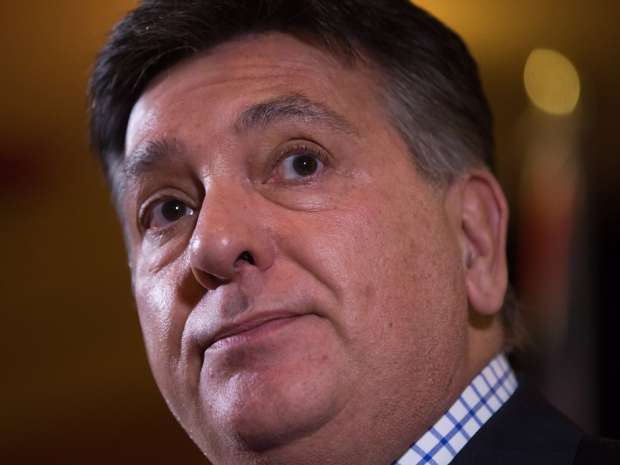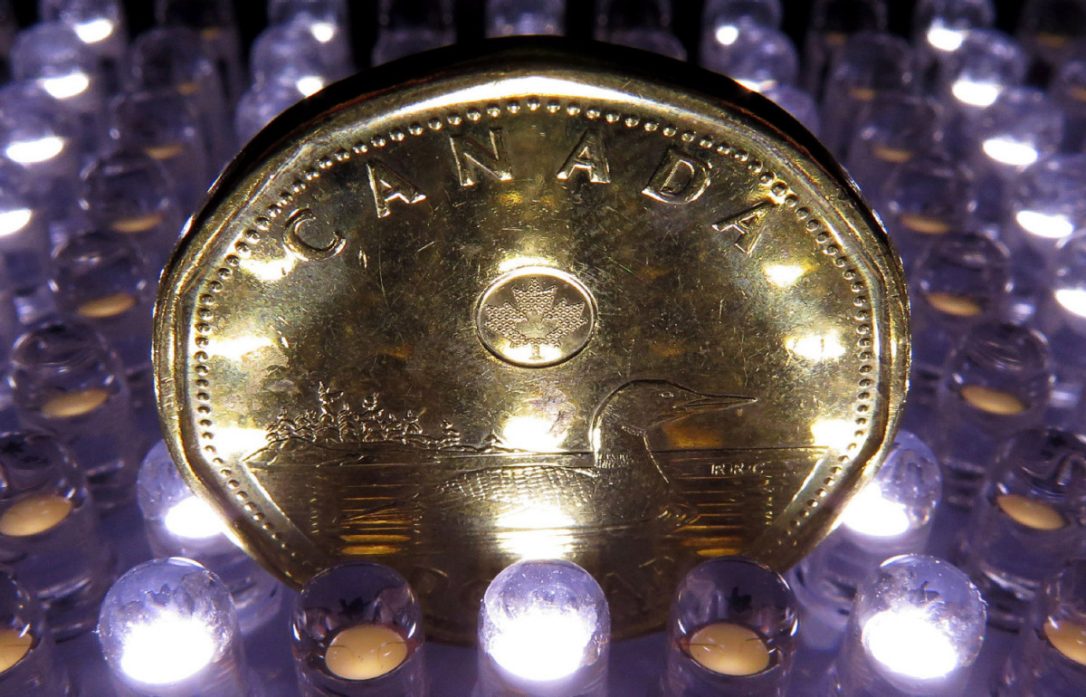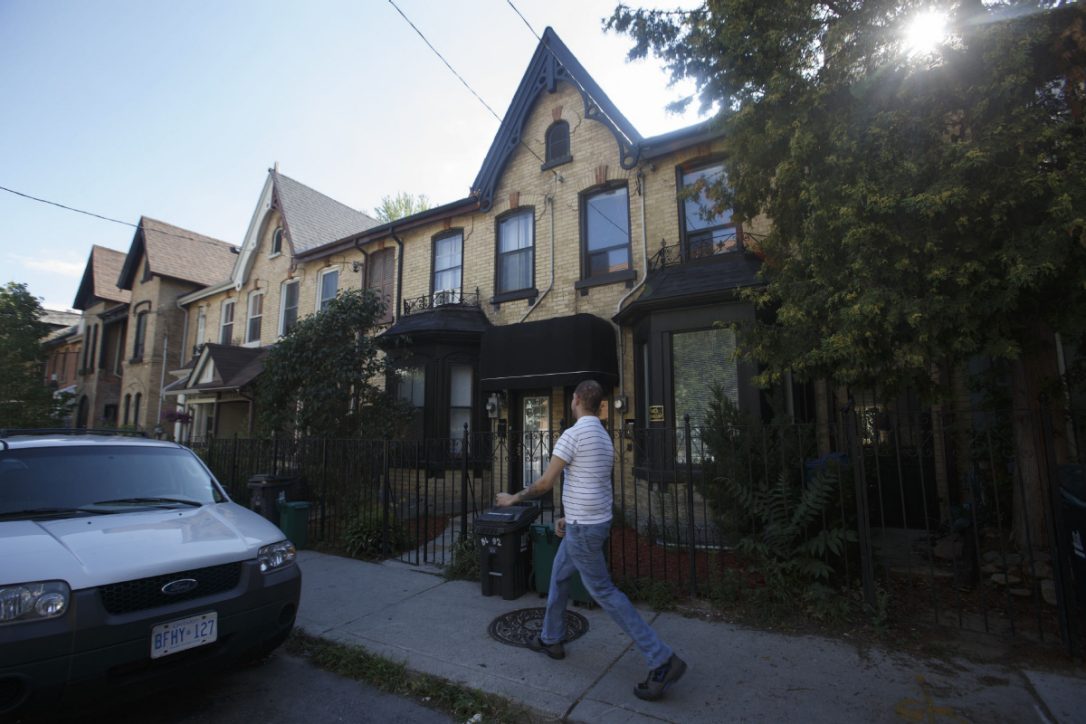Ontario’s Debt Will Grow to $350 Billion in Four Years, Financial Watchdog Warns

Ontario’s already massive debtload is expected to ballon by another $50 billion over the next four years, the province’s financial watchdog says.
The bulk of the borrowings will fund the government’s massive infrastructure plan, according to Financial Accountability Officer Stephen LeClair. He expects Ontario’s net debt to grow from about $300 billion right now to $350 billion by the 2020/21 fiscal year, “largely because of the Province’s 12-year $160-billion capital plan.”
Related
Strong GDP growth will allow Ontario to eliminate its deficit in 2017: Wynne
Philip Cross: Toronto has become a monolithic, suffocating liberal swamp
“In absolute terms, Ontario’s net debt was the highest among Canadian provinces at $296.1 billion on March 31, 2016,” LeClair notes. In relative terms, however, Quebec remains slightly more indebted than Ontario: “Ontario’s net debt per person was $20,806 in 2014-15, compared to $22,591 in Quebec.
“In contrast, net debt per person was $8,387 in British Columbia, and net assets per person were $3,168 in Alberta in 2014-15,” the watchdog writes.
The fact 38 per cent of Ontario’s debt will mature by 2020 exacerbates the risks, LeClair notes, especially if interest rates rise in the coming years.
“According to the 2016 budget, a one percentage point increase (e.g. from 3.6 to 4.6 per cent) in interest rates would increase interest payments by about $350 million in 2016-17, more than the budgets of the Ministries of Labour and Aboriginal Affairs,” the commentary states.
Advertisement
Compounding the risk is the fact LeClair believes Ontario will fall back into deficit in 2018/19, just one year after Premier Kathleen Wynne has pledged to balance the budget, which has recorded yearly shortfalls since the 2008/09 recession.
Finance Minister Charles Sousa defended his government’s $160-billion infrastructure plan in a statement, saying it’s a necessary stimulus that will help lower the net-debt-to-GDP ratio — projected to hit 39.6 per cent this fiscal year.
“These capital investments spur economic growth, which will increase provincial GDP growth. The resulting increase in GDP growth will improve the net debt-to-GDP ratio, which has peaked and is beginning to decline,” Sousa said.
But the opposition says another $50 billion on the provincial debt in just four years is proof the Liberals can no longer be trusted with the public purse.
LeClair “confirmed what we’ve been saying for months – the government is using one-time money from asset sales, contingency funds and tax increases to artificially balance the budget in an election year. His report states very clearly that Ontario’s net debt will continue to rise due to annual deficits from 2018-19 to 2020-21,” said PC finance critic Vic Fedeli.
“The reason the province’s net debt is increasing is because Kathleen Wynne’s choices are more about politics than about what’s best for Ontarians,” said NDP finance critic Catherine Fife. “The FAO has reported that Kathleen Wynne’s decision to sell Hydro One doesn’t pay for infrastructure, but will actually increase the debt.”
Fife added that Ontario’s corporate tax rate is lower than Alabama’s, which only serves to exacerbate the problem.
The FAO noted that Ontario has the highest net debt relative to revenue in the country — or the amount revenues would need to increase to pay off all its creditors.
For every dollar of provincial revenue, LeClair found Ontario owes $2.40, compared to $1.93 in Quebec and 84 cents in British Columbia.








